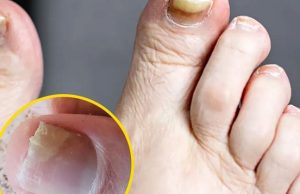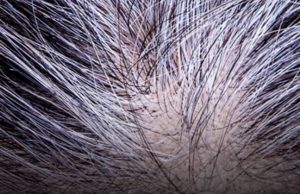
When the weather is rainy and humid, wooden cutting boards start to get moldy if you don’t pay attention. Don’t rush to wash the cutting board with soap when it’s dirty or moldy. Apply a little tip below, the cutting board will be as clean as new after 5 minutes and will not get moldy after a long time.
A good cutting board is as important as the foods being chopped or sliced on it. Using a poor quality cutting board can cause the blade to dull faster, causing bacteria to stay and reproduce more.
Wooden cutting boards are obviously more environmentally friendly and safer to use, but disinfecting the cutting board is not simple, if you don’t know how. Hot soapy water can clean the cutting board, but it can cause the wooden cutting board to dry out too much and even warp. Use ingredients available in your home that are very human-friendly.
Wash cutting boards with vinegar, toothpaste and baking soda
Prepare:
– White vinegar, salt, toothpaste, toothbrush, cooking oil, baking soda.
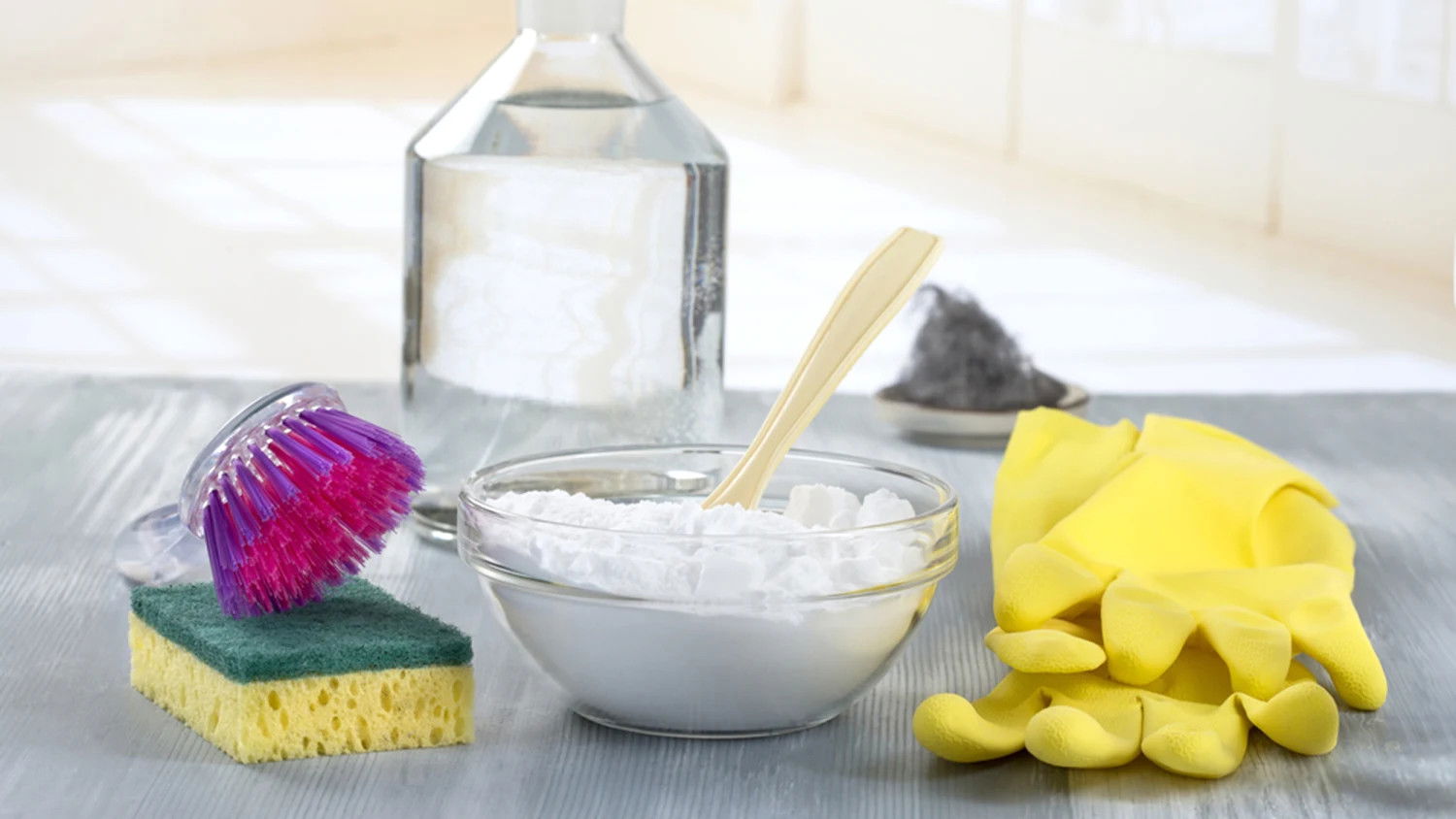
Carrying out:
Step 1: Use white vinegar and disinfectant salt
White vinegar has a strong softening effect, so it can soften stubborn stains on the cutting board, so first pour an appropriate amount of white vinegar onto the cutting board, so that the vinegar is evenly spread on the board.
Then sprinkle an appropriate amount of salt evenly on the cutting board. The reason for sprinkling table salt is because table salt is in granular form, not only has good friction but also has antiseptic and antiseptic effects.
Step 2: Use toothpaste and toothbrush to clean
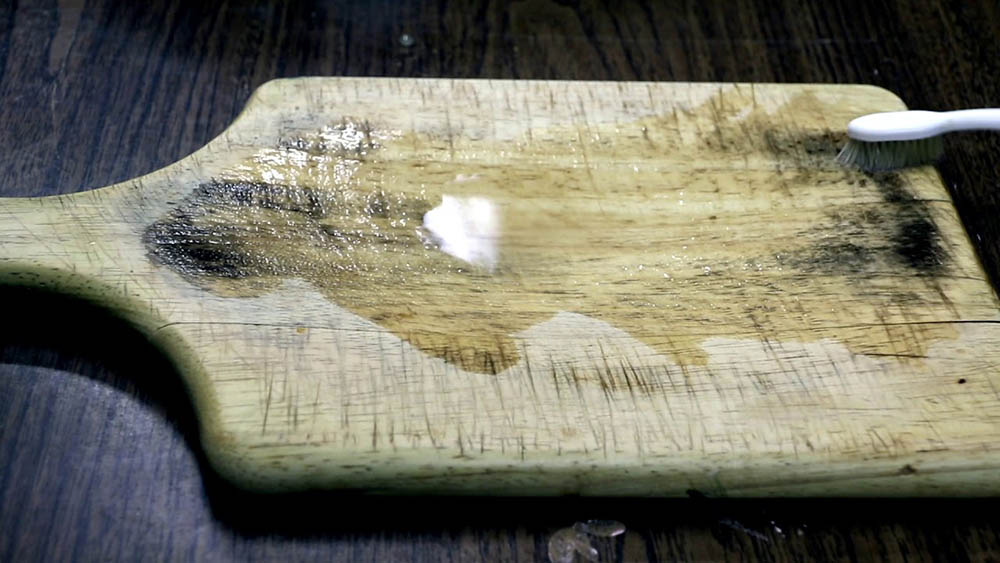
Then take an old toothbrush and put some toothpaste on it. Scrub the cutting board over and over again with a toothbrush, just like we brush our teeth.
Salt and toothpaste have very good cleaning ability, so they are very useful for us in cleaning cutting boards. The combination of the two has strong abrasive force.
We brush cutting boards with toothpaste. This toothpaste can not only scrub the surface of the cutting board but can also completely clean cutlery marks on the cutting board, leaving bacteria and dirt with no place to hide. We just need to brush a few times to clean, then put it in water to clean.
Step 3: Apply a layer of cooking oil
After we clean the cutting board, we need to dry it. We can spread a layer of cooking oil on the surface of the cutting board. Cooking oil can not only maintain cutting boards, but also effectively prevent our cutting boards from mold and cracking.
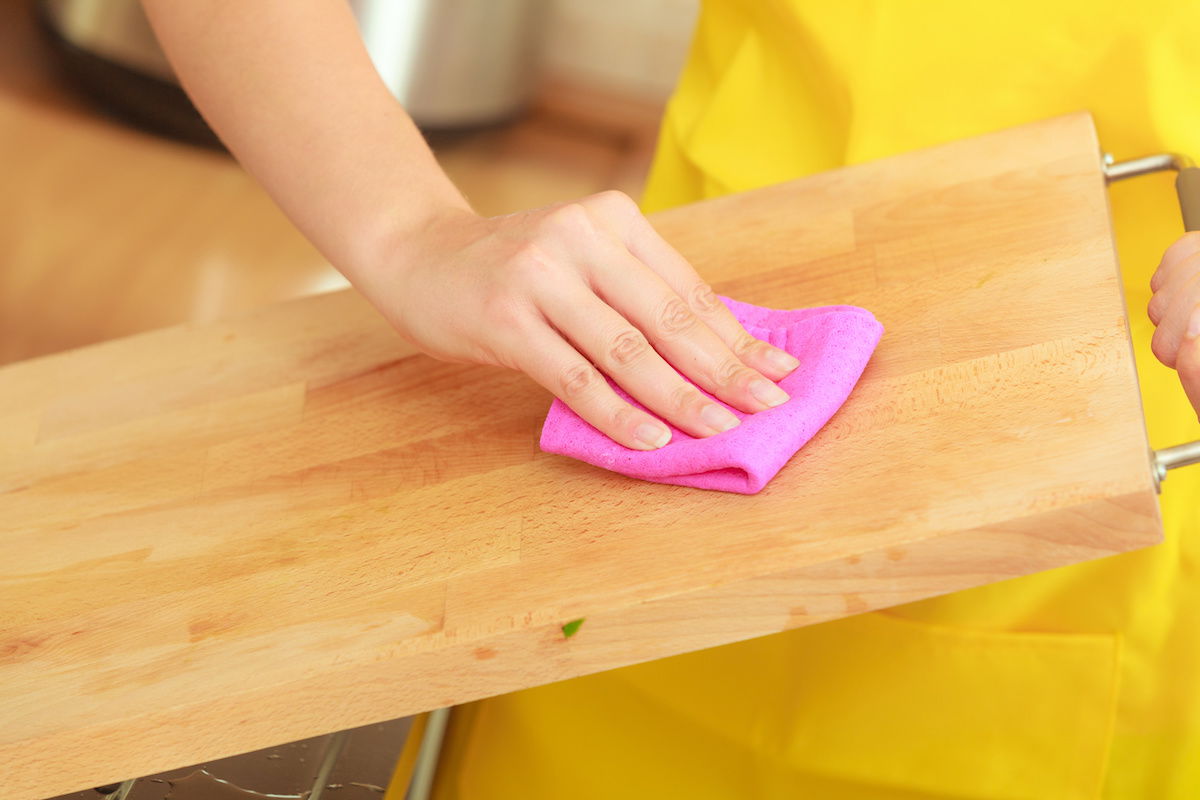
Then we cover the cutting board with a layer of plastic wrap and leave it like that for 4 to 5 hours so that the cooking oil absorbs evenly into the board. Wait until the time is up to remove the wrap.
If there is too much cooking oil left on the cutting board, do not use dishwashing liquid to clean it. Instead, sprinkle some baking soda on it to clean it. Because baking soda has a strong ability to absorb oil, it is a good assistant in our kitchen to remove oil. After such cleaning, the cutting board will not be moldy for a year.
Wash cutting boards with lemon, salt and vinegar
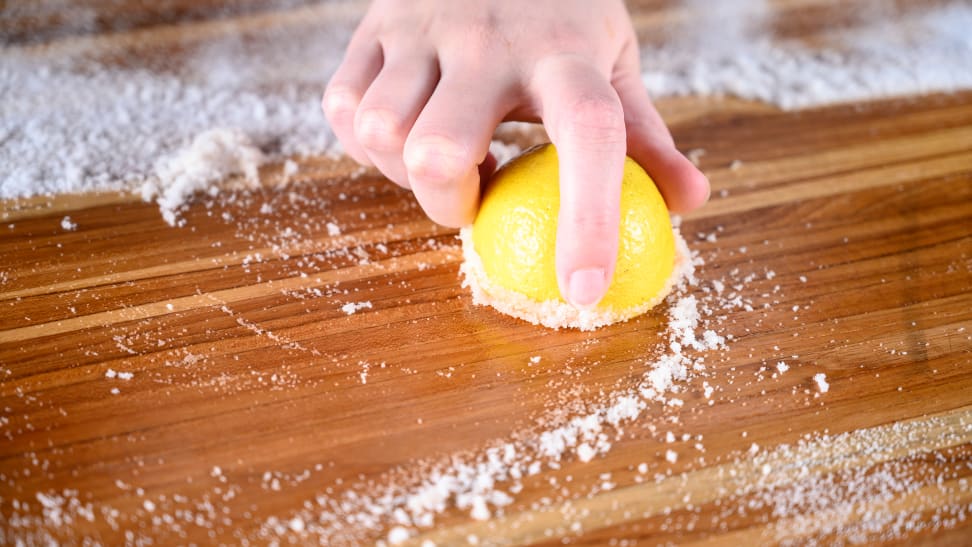
Salt acts as a broom to help push away dirt. While lemon juice kills bacteria and eliminates odors. To clean a 22cm diameter cutting board, use 1/3 of a lemon, 1.5 teaspoons of salt and 5 tablespoons of vinegar.
First, you need to wash the cutting board with water, sprinkle a lot of salt and use 1/3 or half a lemon to scrub until clean.
Leave the cutting board like that for a few minutes then rinse with cold water. You can also use white vinegar solution to enhance the sterilization ability at the final stage.
Source: Tamsucuocsong


